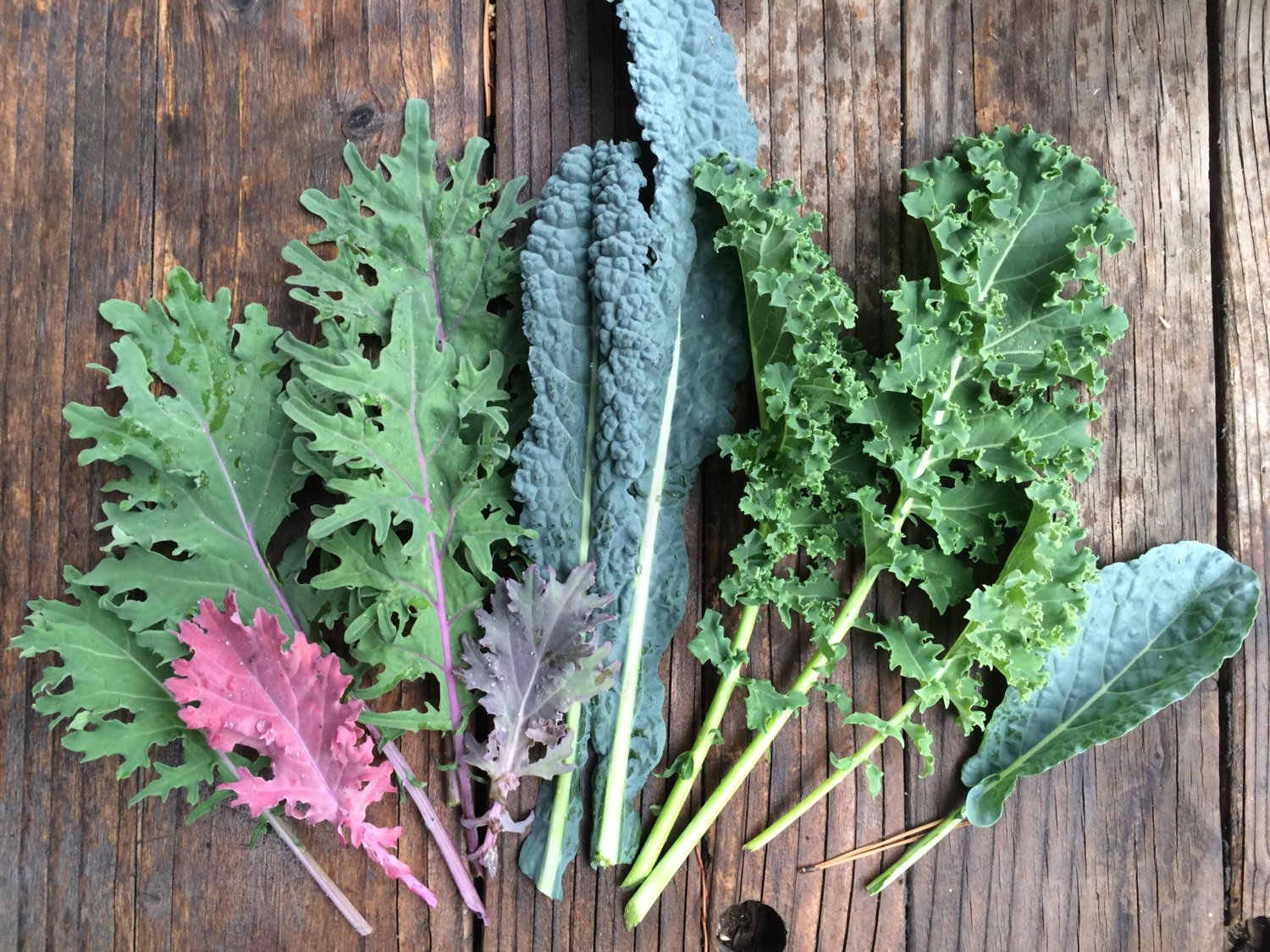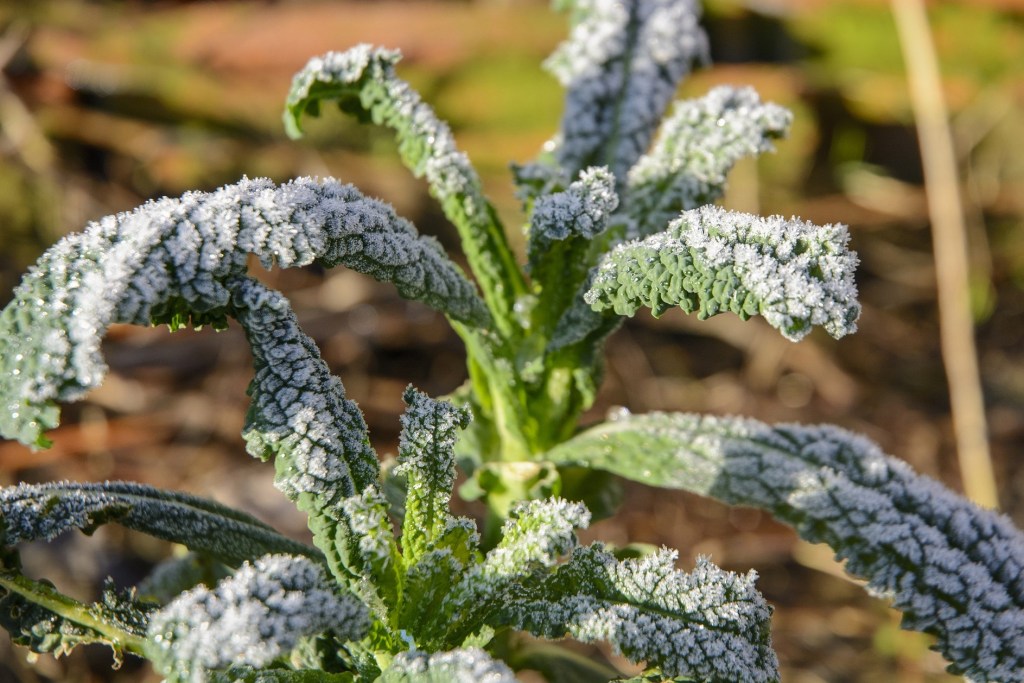How to Grow Kale Indoors in Winter: Easy Steps

Are you dreaming of fresh, crisp kale salads even in the dead of winter? Imagine transforming your indoor space into a lush, green garden where you can harvest your own winter kale. Growing kale indoors during the colder months is not only possible but also incredibly rewarding. Let's dive into the world of indoor vegetable gardening and discover how to grow kale indoors in winter with these easy steps.
Why Grow Kale Indoors in Winter?
Growing kale indoors in winter offers numerous benefits. Firstly, it ensures a steady supply of fresh, nutritious greens even when the outdoor garden is dormant. Secondly, indoor gardening can be a therapeutic hobby, providing a sense of accomplishment and connection to nature. Lastly, indoor kale is less susceptible to pests and diseases, making it easier to maintain.
Essential Tools and Materials
Before you start, gather the following essentials:
- Kale seeds or seedlings
- A well-draining pot or container
- High-quality potting soil
- Grow lights (if natural light is insufficient)
- A watering can or spray bottle
- Fertilizer (optional)
Step-by-Step Guide to Growing Kale Indoors in Winter
1. Choose the Right Variety
Not all kale varieties are created equal. For indoor gardening, opt for dwarf or compact varieties like 'Dwarf Siberian' or 'Dwarf Blue Scotch'. These varieties are well-suited for container gardening and thrive in limited space.
2. Select the Perfect Container
Choose a container that is at least 6 inches deep and has good drainage. Ensure there are holes at the bottom to prevent waterlogging, which can lead to root rot. A well-draining potting mix is crucial for healthy kale growth.
3. Planting Your Kale
Fill your container with potting soil, leaving about an inch from the top. Plant your kale seeds about 1/4 inch deep and cover them lightly with soil. If using seedlings, transplant them carefully, ensuring the roots are well-covered. Water gently to settle the soil around the seeds or seedlings.
4. Provide Adequate Light
Kale thrives in bright, indirect light. Place your container near a south-facing window if possible. If natural light is insufficient, supplement with grow lights. Aim for 12-14 hours of light per day to mimic natural growing conditions.
5. Maintain Optimal Temperature and Humidity
Kale prefers cooler temperatures, ideally between 60-65°F (15-18°C) during the day and slightly cooler at night. Maintain a humidity level of around 50-60% to keep your kale happy. You can use a humidifier or place a tray of water near the plants to increase humidity.
6. Watering and Fertilizing
Water your kale consistently, ensuring the soil remains moist but not waterlogged. A good rule of thumb is to water when the top inch of soil feels dry. Use a balanced, water-soluble fertilizer every 4-6 weeks to provide essential nutrients.
7. Harvesting Your Kale
Once your kale plants have grown to about 6 inches tall, you can start harvesting the outer leaves. This encourages new growth and ensures a continuous supply of fresh kale. Use scissors or your fingers to gently remove the leaves, leaving the central stem intact.
Kale Growing Tips for Success
- Rotate your container: To ensure even growth, rotate your container every few days to expose all sides of the plant to light.
- Monitor for pests: Although indoor kale is less prone to pests, keep an eye out for common indoor pests like aphids and spider mites. Treat with insecticidal soap if necessary.
- Prune regularly: Regular pruning helps maintain the plant's shape and encourages bushier growth.
Indoor Vegetable Gardening: Beyond Kale
If you're enjoying your indoor kale adventure, why not expand your indoor vegetable garden? Consider growing other leafy greens like spinach or lettuce, or even herbs like basil and parsley. The principles of indoor gardening remain the same, making it easy to diversify your indoor garden.
Conclusion
Growing kale indoors in winter is a rewarding experience that brings the joy of gardening into your home. With the right tools, a little patience, and these easy steps, you can enjoy fresh, homegrown kale all winter long. So, why wait? Start your indoor kale garden today and reap the benefits of fresh, nutritious greens right from your windowsill.
FAQs
Can I grow kale indoors without grow lights? While natural light is ideal, grow lights can supplement when natural light is insufficient. Kale needs about 12-14 hours of light per day for optimal growth.
How often should I water my indoor kale? Water your kale when the top inch of soil feels dry. Consistent moisture is key, but avoid waterlogging the soil.
What are the best kale varieties for indoor gardening? Dwarf or compact varieties like 'Dwarf Siberian' and 'Dwarf Blue Scotch' are well-suited for indoor gardening due to their smaller size.
How do I know when my kale is ready to harvest? Kale is ready to harvest when the plants are about 6 inches tall. Harvest the outer leaves to encourage new growth.
Can I grow other vegetables indoors along with kale? Yes, you can grow other leafy greens and herbs indoors. Spinach, lettuce, basil, and parsley are great options for indoor vegetable gardening.


0 Response to "How to Grow Kale Indoors in Winter: Easy Steps"
Post a Comment